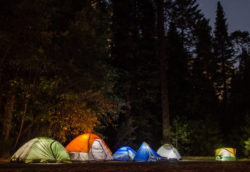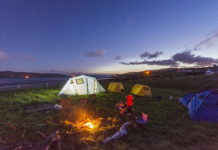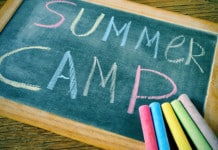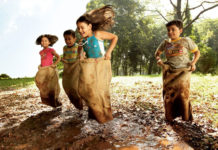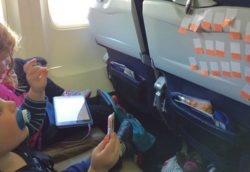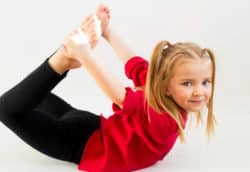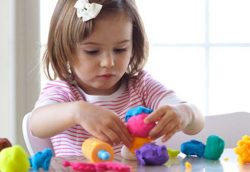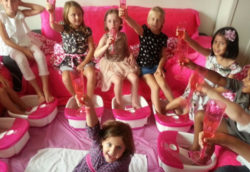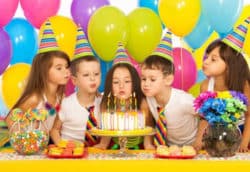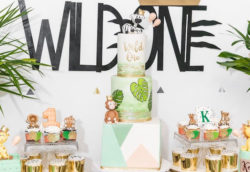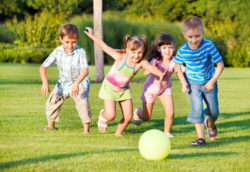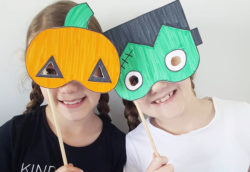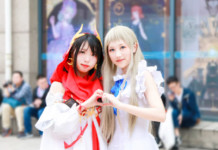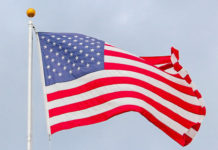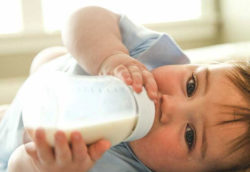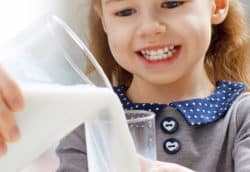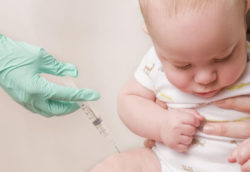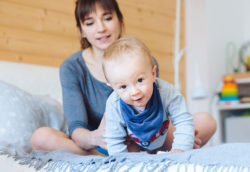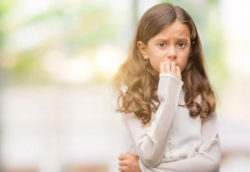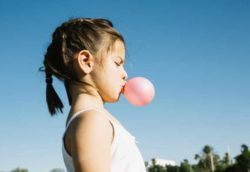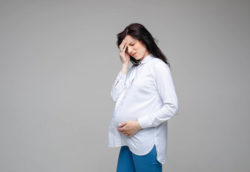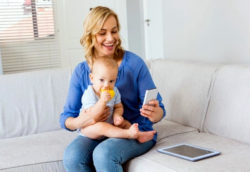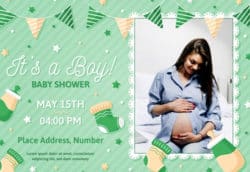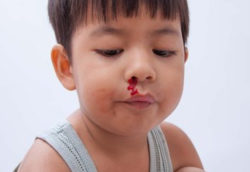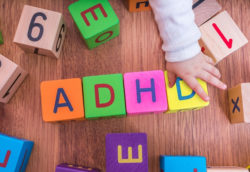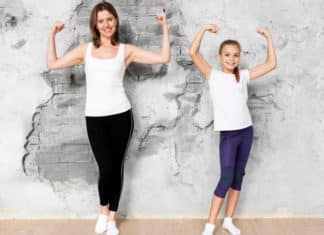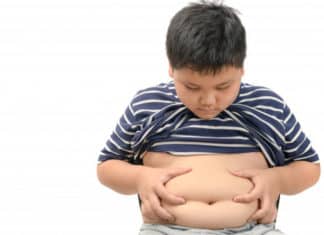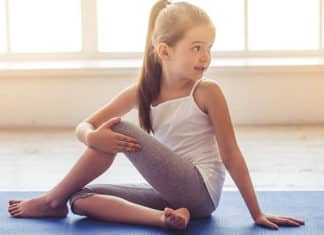Having head lice does not mean you are unclean! It is a very common problem and that there are various reasons to get the head lice. The lice do not care if your hair is squeaky clean or dirty. All it does its to crawl from one head to another and feed on human blood for their survival.
As a parent, spotting the tiny bug creature on your child’s head could make you panic. Sure it does score higher in your “Yuck- factor”. But they do not cause any disease usually. Hair lice do not carry any bacterial or viral infectious diseases. Millions of people get lice in their head and is it more common in schools, where the kids especially between 3 to 12 years of age get lice in their head.
A factual and creepy thing about lice is that they can survive outside your head for 24 hours. Thus, be assured to have lice if you have a friend who has lice or a family member. If you share hats, scarf or hair brushes, infestation can be facilitated.
The infestation of maximum head lice is directly from head-to-head contact.
What is Head Lice?
Head Lice are tiny insects with six- legs that cling to the head scalp or neck and feed on human blood. Each louse is so tiny that it’s size resembles that of a sesame seed and can be very tough to spot on head. On the other hand lice eggs are also called as nits which are harder to spot on head as they are glued to your hair near the scalp. Thankfully, lice do not jump or fly from one head to another.

Where Do Head Lice Come From And Who Gets It?
As we mentioned, the head lice is most common among the kids and preschoolers who go to the day care, or the elementary schools.Children of this age, play and have more of hair-to-hair contact which makes them easily pass the head lice. They also tend to share the hair brushes or hair clips and hats or toys etc. Adults who live or are in more contact with these kids also potentially are at risk of getting hair lice. Head lice usually also survive on the clothing for a short period letting them find the new host very easily.
How to Spot Lice?
Although these creatures are very tiny and mostly not easily visible to the naked eye. However, when they are plenty in number, they are visible sometimes. The lice are most often found in the hair at the back of the neck or ears along with nits which are glued to the scalp. They can be brown or white in color and even dark gray sometimes.

Symptoms of Hair Lice:
When you spot even a single live louse or a bunch of nits, proves the sign of infestation(R). The head lice in many kids do not cause discomfort unless the kids may start itching after many weeks or months after the lice move in. They although grow easily in number and cause irritation with the itchiness that is caused due to the lice biting in order to feed on your blood from the scalp and neck.
- Itching: Scalp, neck and ears are the most vulnerable spots for the lice to live causing itchiness and this being the most common symptom. The louse saliva causes an allergic reaction. Itching may not occur after two to six weeks on infestation especially when the first time.
- Lice on scalp: Lice are tough to be visible as they’re small, avoid light and move quickly but when you take a closer look, you can see them.
- Lice eggs (nits): Nits cling to hair shafts. Finding out nits with naked eyes may be challenging as they’re very tiny. However, the best way to spot them is around the ears and the hairline of the neck. The empty nits are easier to spot as they’re lighter in color and usually away from the scalp. However, it is not necessarily that the presence of nits indicate an active infestation.
Lice Allergies:
The bug bites can cause allergic reaction on the scalp. A lot of itching may lead to sore or raw skin on the scalp. Although, the lice allergies are not common and happens only in extreme cases due to scratching the sores to become infected. You might want to see a doctor immediately for skin infection once the sore is painful or the skin becomes red or lymph nodes become tender in the neck.

When to See a Doctor for Treating Head Lice
Before you begin the treatment, see your doctor if you suspect your kid or self to have a head lice infestation. Studies show that many children have been treated for head lice with home remedies especially when they do not have an active head lice infestation.
Things often misguided for nits include:
- Empty or dead nits from a previous head lice infestation
- Dandruff
- Residue from hair products
- Dead hair tissue on a hair shaft beads
- Scab tissue, dirt or other debris
- Any other small insects found in the hair
How to Check for Head Lice?
Use a fine toothed comb to run it through your hair or the kid’s. Part the hair first and then pick a bright color comb preferably to detect if there are any lice on the head. Also you can examine the base of the neck in front of a mirror for lice. If you confused with dandruff or nits in your head, pull them out to examine by shaking your head. If they are still there then those are nits.

How To Get Rid Of Head Lice And Keep Them Away:
You might want to consider the safe ways to get rid of head lice especially for your kids. No matter what you use as a treatment, the thumb rule is to never mix the treatments, and always go through the instructions on the label carefully and follow them for how long the medications should be kept on the hair and how to wash it off. The follow-up treatment must be done for it.
- Wet combing: The most natural way to get rid of the lice is wet combing that involves a fine tooth-comb. Repeat this process at least three to four times in a week for minimum 2-3 weeks. The person needs to have their head completely wet (best to use some conditioner while washing it) and then run the comb several times from the scalp to the hair ends to remove the head lice.
- Sanitize the hair brush: An easy way to get rid of head lice is to sanitize the comb or the hair brush before and after the use by washing them in very hot water at 130 degrees F with soap. You can also soak the comb in rubbing alcohol for an hour at lease.
- Lice killing essential oil: There are specific lice killing essential oil which have a toxic effect on the lice and nits (lice eggs). Tea Tree Essential Oil is great on the scalp for getting rid of head lice. OR even the Ylang Yland Essential Oil or Lavender and Eucalyptus Oils are also known to be effective home remedies for head lice.
- Vinegar or Mayonnaise home remedy: Mayonnaise is known to make the hair smoother for the lice to stay on it. Vinegar on the other hand has a great effect to get rid of the nits (lice eggs) by dissolving the glue material that they usually use to cling on the hair with.
Wash your bedding and clothes in hot water:
Although lice do not survive a lot when not in human, but it is good to wash the bedding when someone is being treated for lice. Clothe worn in the past 48 hours or less must also be washed in hot water. If your kid sleeps with a toy especially the furry soft toys, they must also be cleaned to be doubly safe and sure. This is one of the home remedies to combat head lice.
Over-the-counter treatments for head lice: If you’re looking at over-the-counter (OTC) treatments for lice, read below:
- Pyrethrins: This is a natural extract from chrysanthemums which is safe for children of age 2 years and above. But these ingredients only kills the live lice, and not the nits. A follow up treatment after nine to ten days to kill the hatched eggs should be the best way to get rid of head lice . check for any allergic conditions to chrysanthemums or ragweed or conduct a patch treatment before beginning it.
- Permethrin lotion: A similar method to pyrenthrins, synthetic treatment which kills both live lice and nits. Permethrin also kill any newly hatched lice arising from eggs by leaving a residue on the hair in the initial application. A follow up treatment 7-10 days if live lice are seen. This is the best head lice treatment. It is safe for 2 months or older children.

